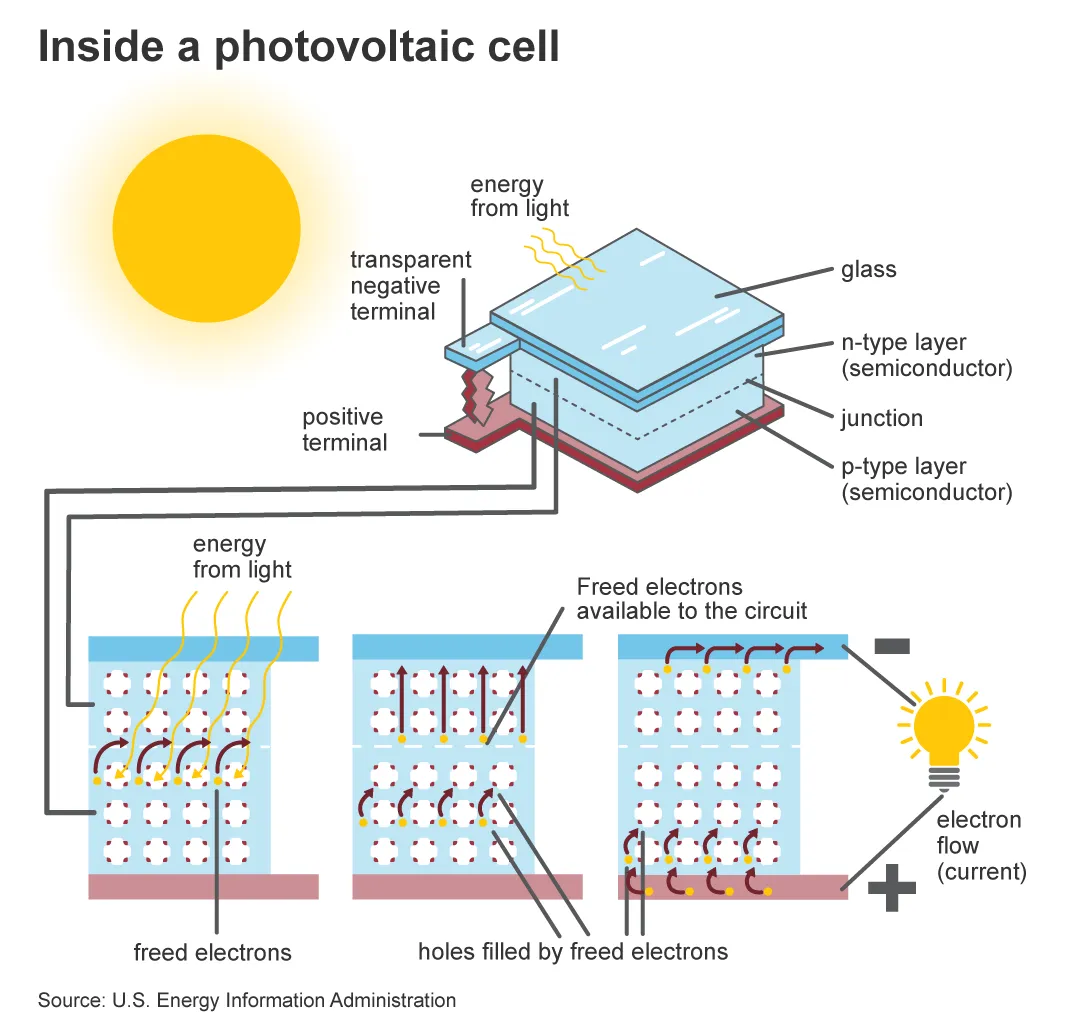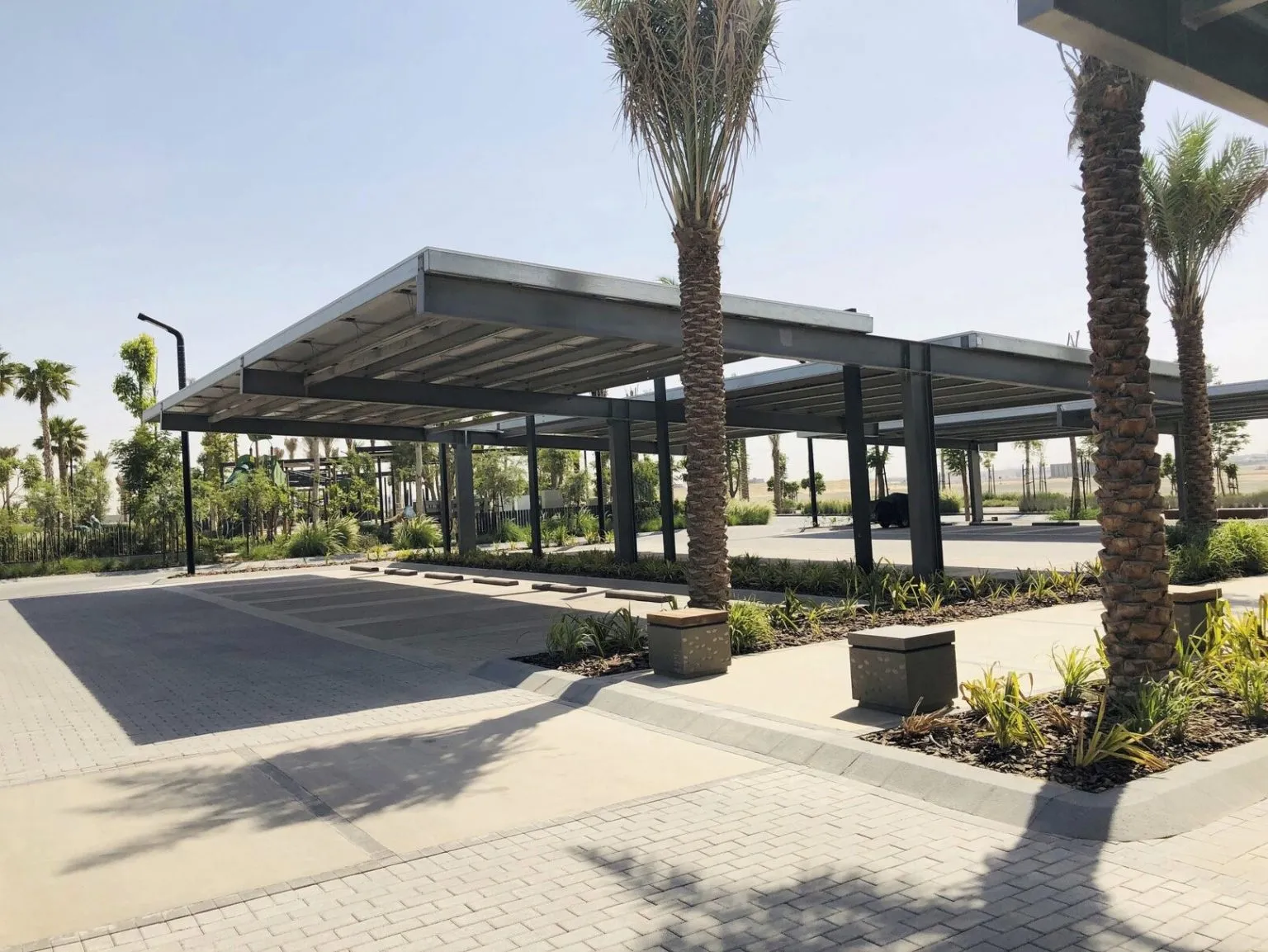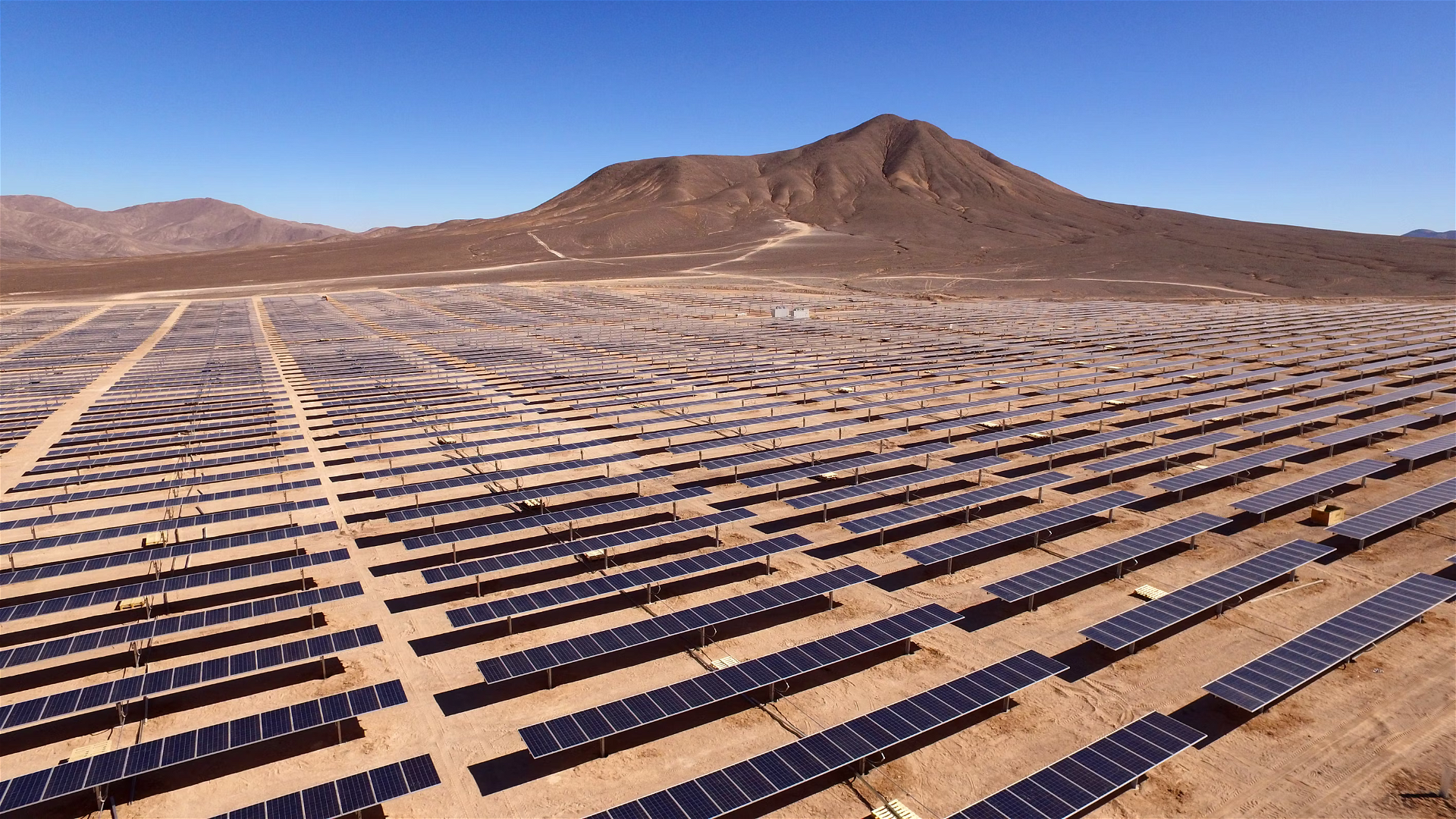· 8 min read
What are the best ways to increase solar power generation in the Middle East? Here’s what you need to know.
In March 2022, the world crossed a significant milestone in pushing for more renewable energy. PV Magazine, a leading photovoltaics publication, revealed that there are enough solar panels installed throughout the globe to generate one terawatt (TW) of electricity directly from the sun. That means enough energy to power all of Europe for an entire year or the Kingdom of Saudi Arabia for more than seven years.
Renewable power generation brings multiple benefits, whether you are a homeowner, a building operator, or a manufacturing plant manager. In each case, solar power is one of the most apparent and technically mature solutions, but how can you make sure that you choose the most appropriate solar PV technology? What do you need to look out for? This paper explores the opportunities for solar power from technical and geographical aspects.
Renewable energy technologies have become competitive without subsidies in the large-scale grid-connected market but are increasingly popular among corporate organizations and industrial plants (often referred to as C&I), building operators, and homeowners. In recent years, improving technologies, access to low-cost finance, improved deployment rates, and increased familiarity with technologies have lowered costs for solar photovoltaic projects.
Introduction to Photovoltaic (PV) Cells
First, let’s look at the main definitions. Photovoltaic (PV) cells convert solar energy directly into electricity. They comprise several solar panels that allow global horizontal irradiance (GHI) to be converted directly into electricity.

By size and user profiles, solar PV systems are often broken down into utility-scale ground-mounted systems, C&I rooftop systems, and domestic systems. This article will look at the first two applications in detail to understand how to increase solar power generation.
1) Utility-Scale Projects
Electricity systems accommodate more variable energy. A range of technology solutions is available to support the necessary changes, including electricity storage, demand-side management, efficiency measures, and electricity trading.
Site prospecting for utility-scale solar is a team job in a competitive solar market. You have to look at available connection capacity, transmission network nearby, logistics, site availability, and even potential glint and glare impacts. There are also web-based tools designed for estimating solar irradiance and possible yield anywhere around the globe.
One example of a solar irradiance estimation tool is called Solargis. This is a global provider company of solar data and related solar energy assessment services. The World Bank Group selected Solargis to provide quick and easy access to solar resources and photovoltaic power potential data globally at a click of a mouse. GIS layers and poster maps showing global, regional, and country resource potential can be found on the project’s website.

There is no doubt about the statement that renewable power generation could deliver three-quarters of the required energy-related emissions reductions. However, if poorly managed, the expansion of renewable energy may cause additional biodiversity loss and disrupt the ecosystem services we all depend on. Large-scale solar farm developments often involve the destruction or fragmentation of wildlife habitats.
Like in any other part of the world, financial institutions often attach safeguards to loans and investments in the GCC. Property developers should avoid, minimize, restore, and then offset the remaining impacts on biodiversity throughout the lifecycle of all projects.
2) Commercial and Building Integrated Solar
Any type of customer at any scale should consider the following steps maximizing their PV system value:
- Reduce overall energy load: This essential but often overlooked action should be the first step to maximizing a solar PV system. Once the building has lowered its energy demand with least-cost measures, the size and cost of a PV system can be reduced, maximizing overall value.
- Cost-effective system design: Designing an optimized system can improve performance without increasing cost and can even lead to a soft-cost reduction in some cases. A custom system design works well with a commercial PV system. The system sizes tend to be more significant, and each site and customer profile will have its own needs. In addition, a custom system will account for any shading that might limit sunlight harvest.
- High-efficiency PV modules: Installing PV modules with high-efficiency results in better system performance. This can lead to higher energy yields.
- Cable optimization and selection of suitable inverters plus racking: The solar PV system is not about the panels only. A well-designed PV system that utilizes suitable inverters coupled with racking, such as trackers, fixed tilt ground, carport, or rooftop, can boost performance and power gains.

There are many practical applications for building-integrated and rooftop PV projects in the GCC region. For example, in KSA, The King Abdullah Petroleum Studies and Research Center (KAPSARC) currently operates a solar energy project with a capacity of 5 MW, comprising over 12,000 panels and covering 55,000 square meters (m2). Saudi Aramco also operates a 10.5 MW photovoltaic carport system, the world’s largest car-park shade, covering 198,350 m2 and using over 126,000 solar panels.
Geographic Overview of the Solar Market

Since 2015, more than 3,500 MW of renewable energy projects have been greenlit in the GCC. However, this has generated only 1% of global renewable energy capacity over the last decade, revealing an enormous potential for this renewable energy.
From a geographic point of view, each country has its specifics regarding solar power and renewable energy. As 70% of the renewable energy growth is concentrated in the following five countries, this is our birds-ey view on these markets:
In Egypt, the Integrated Sustainable Energy Strategy updated in 2021 aims to achieve a 55% share of renewable energy in the total energy mix by 2035, with 75% of this envisioned supplied by solar power. Oman has a long-term renewable energy generation plan to source 11% of electricity from renewables by 2023 and 30% by 2030. In the UAE, Dubai set a target to generate 1% of all energy from renewable sources by 2020 and 5% by 2030. Abu Dhabi plans to install 5.6 GW of PV capacity by 2026, and Dubai aims to source 75% of its electricity generation from renewables by 2050.
Although utility-scale projects have primarily driven PV development in Saudi Arabia, rooftop PV sees significant potential. The residential sector is responsible for 50% of the electricity consumption, with 70% of this used for cooling. This creates an excellent match between electricity consumption and PV generation.
Let us take a look at the Kingdom of Saudi Arabia. KSA has one of the most significant potential for solar projects in domestic and utility-scale markets because of its strategic location and commitment to achieving Net Zero by 2060.
At the end of 2019, Saudi Arabia’s first utility-scale solar PV project was connected to the national grid. At the time of its establishment, the Sakaka 300-megawatt (MW) solar power station achieved breakthrough prices for solar PV. The Sakaka solar project, pre-developed and tendered by the Ministry of Energy’s Renewable Energy Project Development Office, was the first project launched under the Kingdom’s National Renewable Energy Program (NREP). The NREP will deploy a series of utility-scale independent power generation projects to the international market to maintain competitive prices and technologies globally. A further 2.67 gigawatts of solar PV have been tendered to the market in 2019 and 2020, comprising projects across the Kingdom ranging from 20-700 MW.

Conclusion
Governments are formulating their environmental policies in line with the Paris climate agreement, and falling costs make renewables the cheapest option for new generating capacity. They are also attracting solar investments through various tools, and the nature of these tools is quick changes.
- Reforms can allow companies to purchase electricity from renewables, restructure electricity subsidies, or introduction of feed-in-tariffs
- Auctions are transparent ways to offer tariffs at a competitive price, often under state-owned agreements.
- Financial incentives can increase the issuance of green bonds for financing renewable investments for climate-related projects such as green public transportation or renewable generation.
- A favorable business environment can support solar projects by granting special investment incentives.
Once the solar PV system is installed, the system’s operation and maintenance should also be handed over to a professional entity. Since the system will likely serve its owner for two or three decades, it is crucial to have a professional O&M service provision.
Owning a solar PV system means also understanding the mandatory requirements and the necessity of professional O&M and incorporating all aspects of the maintenance areas into the service package. As a general reference, SolarPower Europe’s Operation & Maintenance (O&M) Best Practice Guidelines can be used, produced by Europe’s largest solar professional association and its O&M and Asset Management Task Force.
A version of this article is also published on Alpin. Energy Voices is a democratic space presenting the thoughts and opinions of leading Energy & Sustainability writers, their opinions do not necessarily represent those of illuminem.






